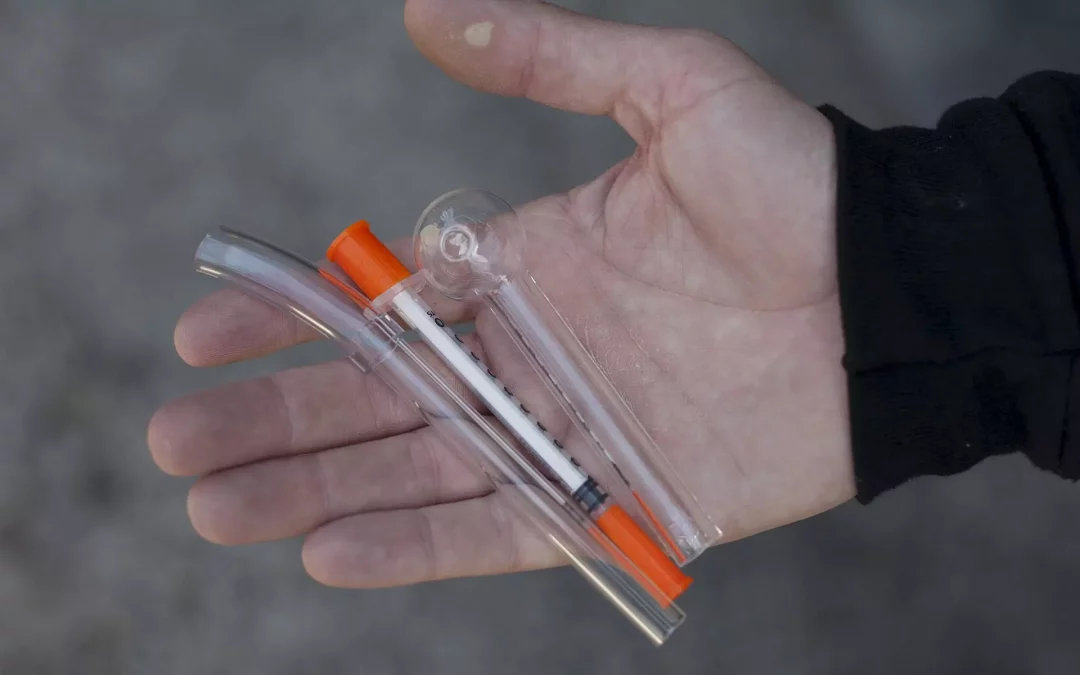Hepatitis C Infection Rates Have Been Increasing, Many From Intravenous Drug Use
In the United States, about 2.4 million people are infected with the hepatitis C virus (HCV). In 2019, an estimated 57,500 people were newly infected.
HCV (commonly referred to as Hep C) is a bloodborne virus that’s spread through blood-blood contact. Before 1992 when screening of blood products became universally available, most people were infected through blood transfusions or non-sterile medical procedures. But these days, the vast majority of new infections in the United States happen among folks who inject drugs and don’t have access to clean injection gear, leading to sharing of syringes and needles.
But, in places where safe supplies are readily available to people who inject, through syringe programs or unrestricted sale of needles and syringes by pharmacies, infection rates are much lower.
Disproportionate Access to Effective Hepatitis C Treatment
While there is no vaccine available to prevent infection with HCV, we have very safe and effective treatment available. Almost anyone with an HCV infection can be cured with an 8 to 12 week course of so-called direct-acting antivirals (DAA), an oral treatment course consisting of a daily pill. Unfortunately, many insurers and state Medicaid programs restrict access to this life-saving treatment by requiring a prior authorization, a major barrier to treatment for many.
To diagnose an HCV infection, people need to undergo a blood test. Usually, the first step is to check an HCV antibody. This can be done by fingerstick with a point-of-care rapid test but more often is ordered as part of a regular blood draw. Since about 30-50% of people spontaneously clear an HCV infection but keep a positive antibody, every positive result has to be followed up by a PCR test of the blood to detect the viral RNA. This two-step testing process has proved to be a major barrier to testing and treating people with HCV. Especially among folks who inject drugs, a combination of stigma experienced in health care settings and trauma experienced during blood draws has made it difficult for this group to access HCV care.
Access to HCV care is further limited in rural settings due to a lack of providers. Some state Medicaids require treatment by an infectious disease or liver specialist, even though lots of studies have shown that HCV treatment can be safely and effectively delivered in primary care settings. HCV rates are particularly high in incarcerated settings, yet few prison systems offer treatment to inmates. This is changing due to legal action taken by treatment advocates, who have won a string of cases against correctional systems, arguing that withholding treatment equated to unjust and cruel punishment.
The lack of access to HCV care in rural New England was demonstrated by the result of the DISCERNNE study, which enrolled people who inject drugs in several rural counties in western Massachusetts, Vermont, and New Hampshire. Among 422 people enrolled, 67% tested positive for HCV antibodies but of those, only 8% had successfully accessed HCV treatment.
An Immediate Need for More Hepatitis C Testing and Treatment
Like many countries around the world, the US federal government has committed to eliminating HCV as a public health threat by 2030. The Viral Hepatitis National Strategic Plan follows the World Health Organization’s (WHO) definition of elimination: a 90% reduction in new chronic infections and a 65% reduction in mortality, compared to a 2015 baseline.
For the United States to achieve this goal, we need a significant increase in HCV treatment uptake among communities with the highest HCV infection rates and the most new infections, including people who inject drugs. This requires creating more effective care pathways that improve access by meeting people where they are, much like we are doing with our new Responsive Care service as well as our DISCERNNE initiative with Baystate Health. Through Responsive Care, Better Life Partners reduces access barriers by delivering HCV treatment, as well as several other medical services, alongside addiction care that members are already seeking.
Furthermore, we’re working collaboratively on mobile care options through our DISCERNNE project with Baystate Health in which we drive a van into several rural communities to bring testing and treatment to people who need it, rather than asking them to come to a health care provider. Our staff on the van engages people with utmost respect, invites them to be tested and treated and provides clean injection gear. This not only eliminates transportation as a barrier to care, but provides safer and more effective care options by utilizing harm reduction services.
Critical to advancing these efforts in reducing HCV rates will continue to be a focus on communities where people inject drugs, with principals grounded in love, compassion and community. That is how we will make a difference. How we will deliver healthier outcomes and save lives.





